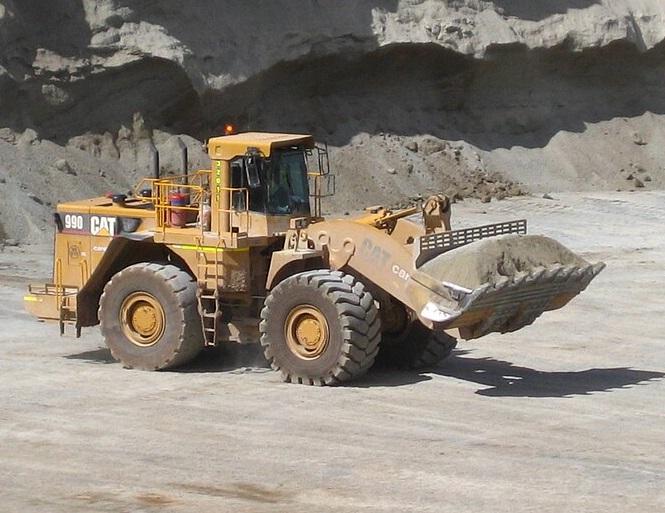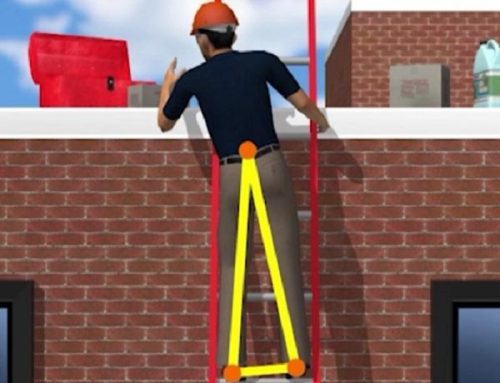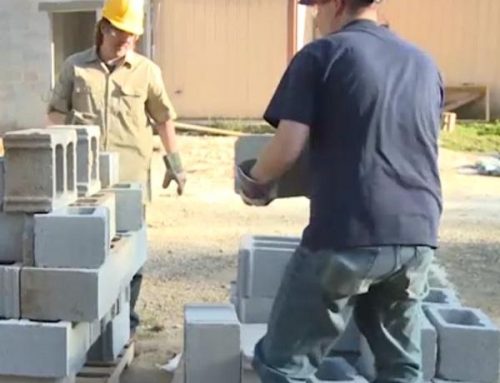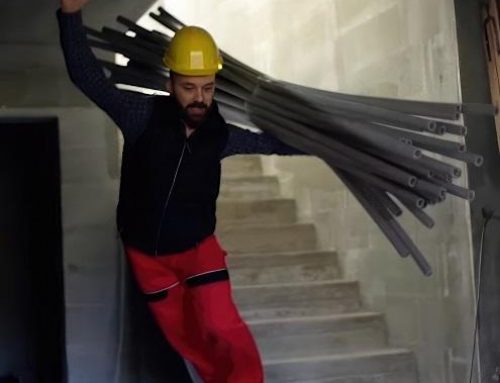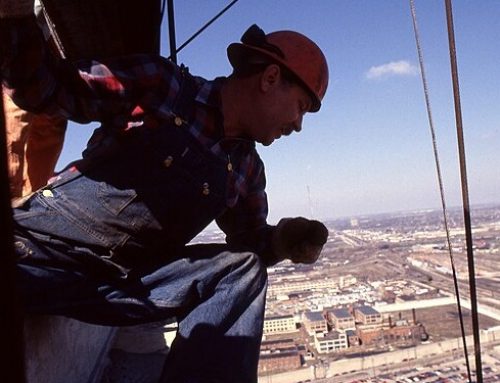Introduction
Front end loaders are versatile and powerful machines that are indispensable on construction sites, farms, landscaping projects, and various industrial applications. With their recognizable bucket attached to hydraulic lifting arms in the front, these heavy-duty vehicles can scoop, lift, and move loose material efficiently. Front end loaders have evolved significantly from the early prototypes in the 1800s to the sophisticated designs we see today. Their importance continues to grow as infrastructure and development projects proliferate globally. This article provides a comprehensive overview of front end loaders, delving into their origins, types, key components, applications across industries, maintenance needs, and factors to consider when selecting the right loader. Whether you are an operator, contractor, or simply interested in construction equipment, read on to uncover the fascinating world of front end loaders.
History of Front End Loaders
The history of front end loaders can be traced back to the late 18th century when the first mechanical loaders were patented in the United States. These primitive loaders used levers and pedals to activate scoops and were based on horse-drawn slip scrapers used in farming and mining. In the late 1930s, Frank G. Hough developed the first self-contained wheel loader, the Hough Model HS. This was a rubber-tired loader with a two-wheel drive, the first of its kind. In 1954, Bolinder-Munktell introduced the H-10, which was the first wheel loader with attachment bracket and parallel movement, making changing attachments easier and material handling safer and more efficient. Front end loaders continued to grow in size, power, and capabilities with major manufacturers like Caterpillar, John Deere, Volvo, and Komatsu driving new designs optimized for diverse applications. The modern age of smart systems, GPS technology, and autonomous operation promises to unlock even greater potential.
Types of Front End Loaders
There are several types of front end loaders designed to handle different terrain and tasks:
Backhoe Loaders: As the name suggests, these have a backhoe bucket attachment at the rear in addition to the front loader bucket. This allows both loading and excavation functions. Backhoe loaders are ideal for digging trenches, laying pipes, and minor grading work.
Skid Steer Loaders: These are small, rigid machines ideal for accessing tight spaces. Their wheels can turn opposite directions for excellent maneuverability and the entire frame rotates with the wheels to achieve zero radius turning.
Compact Track Loaders: Similar to skid steers but with tracks instead of wheels, these deliver low ground pressure and grip across soft terrains. Their tracks facilitate operation on delicate surfaces like lawns or orchards.
Wheel Loaders: Wheel loaders are larger machines designed for heavy-duty excavation, quarries, mining, and construction sites. They have high breakout forces and heaped bucket capacities.
Track Loaders: These are tracked versions of wheel loaders offering better traction and stability. However, they are slower in travel speed.
Choosing the right loader depends on the application, site conditions, capacity and lift requirements.
Key Components and Features
Though front end loader models vary, they share some common components and features:
Bucket: The bucket rests on two hydraulic lift arms and its key functions include scraping, lifting, and dumping material. Buckets come in several designs like general purpose, light material, rock, and side dump buckets. Capacities range from 1-40 cubic yards.
Articulated Steering: This enables tight maneuvers using hydraulic cylinders that pivot the front and rear sections. Articulated joint angles can range from 35-45 degrees.
Forks: Front end loaders may be equipped with forks for lifting and handling pallets, logs, and other cargo. Forks offer an alternative to standard buckets.
Operator Cab: The enclosed cab provides climate control, ergonomic controls, adjustable suspension seat, and good visibility for the operator. Safety features include Roll Over Protection Structures (ROPS).
Axles: Heavy duty front and rear axles with planetary reduction gears are built to bear extreme loads. Large wheel loaders use oscillating rear axles.
Attachments: A range of attachments like push plates, rakes, augers, brooms, cold planers, grapples, and others can be mounted for specific tasks.
Applications in Various Industries
Front end loaders are extensively used in the following industries:
- Construction: Handling bulk materials on large job sites, demolished concrete, excavation, grading and leveling, placing pipes, digging foundations.
- Agriculture: Mucking out barns, handling grain, silage, manure, clearing snow, digging pits, placing bales.
- Landscaping: Transporting and spreading gravel, mulch, dirt, lifting trees and shrubs, grading property, removing debris.
- Waste Management: Transferring scrap material and waste, loading waste trucks.
- Mining: Extracting ores and minerals, loading haul trucks, stockpiling materials.
- Forestry: Loading freshly cut trees, cleaning up brush and branches.
- Snow Removal: Attaching plows, blowers, pushers for clearing snow on roads, in parking lots and airports.
- Government: Road repair, aerodrome maintenance, disaster relief, military transport applications.
- The versatility and multi-functional nature of front end loaders makes them a staple across many industries.
Maintenance and Safety Tips
To maximize uptime and safety, front end loader operators and owners should follow these essential maintenance practices:
- Check bucket, tires, hydraulics, lights, battery, engine oil levels daily.
- Lubricate all grease points and pivots regularly.
- Inspect hoses, cylinders, arms for damage or leaks.
- Clean radiator screens and coolant filters periodically.
- Replace air and fuel filters as needed per operating hours.
- Check transmission fluid levels every 2-3 months.
- Follow recommended service intervals for oil changes, brake repairs, engine checks.
- Ensure proper tire pressure.
- Examine seat belts, ROPS protection, fire extinguisher.
- Verify back up alarms, mirrors, warning lights are functional.
Operators should receive proper training and always wear seat belts. They must follow site safety rules, wear high visibility vests, and watch for people or obstacles around the machine. Good housekeeping like clearing debris reduces hazards. Parking only on flat, firm ground prevents tip overs. Overall, routine inspections coupled with diligent preventive maintenance enhances longevity while thoughtful operating practices ensure safety.
Choosing the Right Front End Loader
When selecting a front end loader, consider these key factors:
- Application: Will the loader dig, scrape, lift, clear snow or perform multiple roles? This determines size and optional attachments needed.
- Operating terrain: Rough uneven ground requires higher ground clearance, traction of wheeled or tracked models.
- Capacity: Buckets range from 1-40 cubic yards for light versus heavy duty work.
- Know how much material must be handled.
- Lift height: Loaders have varying lift heights depending on the model and application. Choose based on loading truck or hopper heights.
- Power: Engine output varies depending on the model. More powerful engines would allow for larger buckets and heavier loads.
- Dimensions: Compact loaders for tight access versus full-sized units for extensive areas. Measure clearance space.
- Controls: Conventional hydraulic levers or high-tech joysticks. New operators may prefer familiar lever controls.
- Cost: Weigh purchase price versus long term value, maintenance, and fuel costs.
By carefully evaluating the work type, space constraints, capacity needs, and operating conditions, buyers can select the front end loader optimally suited to their specific requirements and budget. Test driving different models is also recommended. Dealers can further help analyze the trade-offs involved for a given application.
Conclusion
Front end loaders have cemented their place as one of the most versatile machines on any job site. Their unique combination of robust lifting capacity with steerable mobility empowers operators to shovel, lift, load, clear debris, transport cargo and perform a variety of material handling tasks. From the early mechanized loaders to today’s sophisticated sensor-enabled machines, front end loaders have evolved remarkably to boost productivity across industries. While specific models cater to unique applications, core features like hydraulic arms, articulated steering and numerous attachments make front end loaders a flexible utility machine. With routine maintenance and proper operation, they provide many years of reliable service. For businesses and workers seeking an adaptable tool to master tough work, front end loaders are clearly a loader to load on.
Sources:
- Wikipedia – Loader (equipment): Loader (equipment)
- Header Image Reference: Front End Loader Image
- Plant and Equipment – Different Types of Wheel Loaders: Different Types of Wheel Loaders
- The Cat Rental Store – What Is a Front-End Loader?: What Is a Front-End Loader?
- My Equipment – The History of Wheel Loaders: The History of Wheel Loaders
- My Equipment – Role of Front End Loaders in Construction Industry: Role of Front End Loaders in Construction Industry
- The Cat Rental Store – The Different Types of Loaders: The Different Types of Loaders
- Biofuels Academy – Front-end Loader: Front-end Loader
- YouTube – Front Loader Maintenance: Front Loader Maintenance
- Custom Truck – Front End Loader Garbage Trucks: Then and Now: Front End Loader Garbage Trucks: Then and Now
- Big Rentz – Types of Loaders: Which is Best for Your Job?: Types of Loaders: Which is Best for Your Job?
- 360 Training – Wheel Loaders: Types of Construction Loaders: Wheel Loaders: Types of Construction Loaders
- Heavy Equipment Guide – 7 steps to effective wheel loader maintenance: 7 steps to effective wheel loader maintenance
- Big Truck Rental – The History of the Front Loader Garbage Truck: The History of the Front Loader Garbage Truck
- Dozr – The Wheel Loader: Everything You Need To Know: The Wheel Loader: Everything You Need To Know
- NMC Cat – The Different Types of Loaders Used in Construction: The Different Types of Loaders Used in Construction
- Compact Equipment – A Compact Wheel Loader Maintenance Routine to Manage Downtime: A Compact Wheel Loader Maintenance Routine to Manage Downtime


